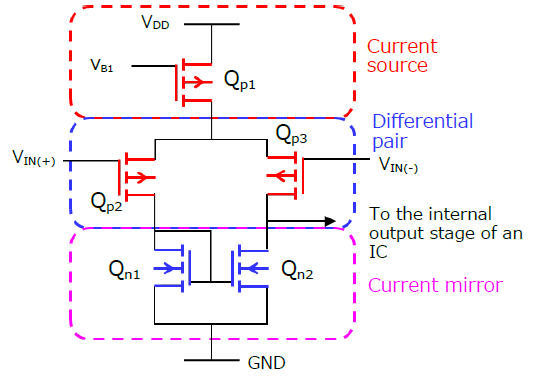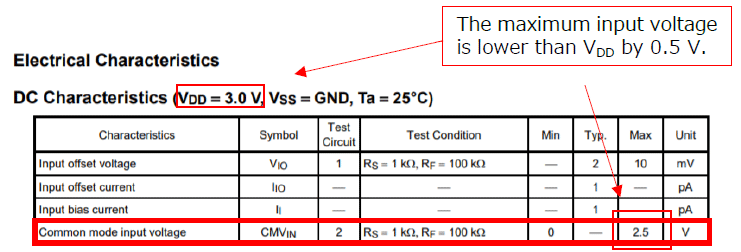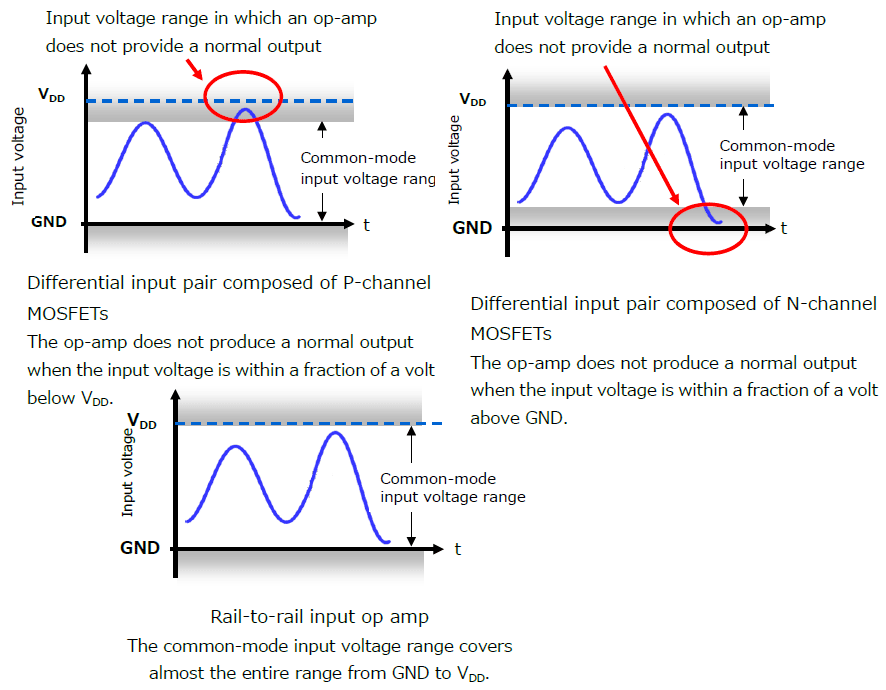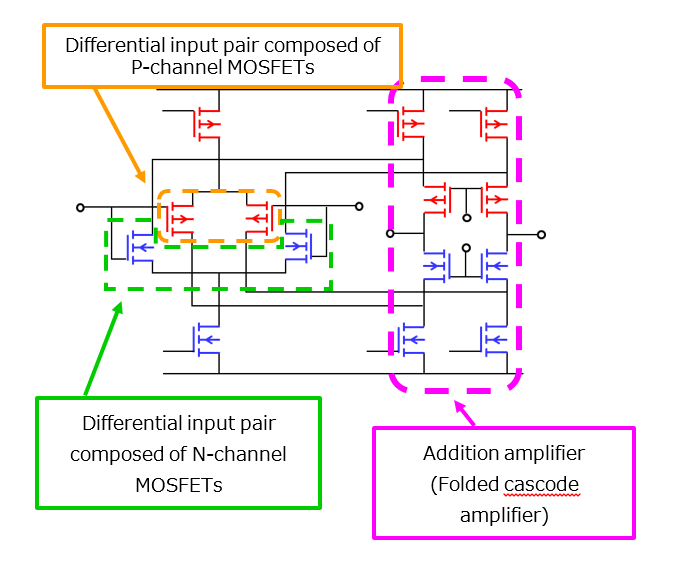- 半導體首頁
-
應用Automotive
Body Electronics
xEV
In-Vehicle Infotainment
Advanced Driver-Assistance Systems (ADAS)
Chassis
IndustrialInfrastructure
BEMS/HEMS
Factory Automation
Commercial Equipment
Consumer/PersonalIoT Equipment
Healthcare
Wearable Device
Mobile
Computer Peripherals
-
產品車用元件
Discrete Semiconductor
Diodes
電晶體
通用邏輯IC
Analog Devices
Digital Devices
Wireless Devices
※
: Products list (parametric search)
功率半導體※
: Products list (parametric search)
隔離器/固態繼電器Photocouplers
Digital Isolators
※
: Products list (parametric search)
MOSFETsIGBTs/IEGTs雙極性電晶體※
: Products list (parametric search)
Diodes※
: Products list (parametric search)
微控制器馬達驅動 ICs智能功率 ICs※
: Products list (parametric search)
電源管理 ICs線性 ICs※
: Products list (parametric search)
通用邏輯 ICs線性影像感測器其他產品其他產品
※
: Products list (parametric search)
-
開發/設計支援
開發 / 設計支援
-
技術知識
- 購買管道
- 型號 & 關鍵字搜尋
- 交叉搜尋
- 參數搜尋
- 線上庫存查詢跟購買
This webpage doesn't work with Internet Explorer. Please use the latest version of Google Chrome, Microsoft Edge, Mozilla Firefox or Safari.
型號需要超過三個文字以上 Search for multiple part numbers fromhere.
The information presented in this cross reference is based on TOSHIBA's selection criteria and should be treated as a suggestion only. Please carefully review the latest versions of all relevant information on the TOSHIBA products, including without limitation data sheets and validate all operating parameters of the TOSHIBA products to ensure that the suggested TOSHIBA products are truly compatible with your design and application.Please note that this cross reference is based on TOSHIBA's estimate of compatibility with other manufacturers' products, based on other manufacturers' published data, at the time the data was collected.TOSHIBA is not responsible for any incorrect or incomplete information. Information is subject to change at any time without notice.
型號需要超過三個文字以上
What does rail-to-rail mean (Rail-to-Rail Op amp) ?
The power supply units of PCs and other devices incorporate multiple DC power supplies. A power supply line provided by a power supply unit is referred to as a power rail. The entire range from the maximum voltage of a power line (VCC) to its minimum voltage (GND or minimum negative voltage, VEE) is referred to as rail-to-rail.

Op-amps having a common-mode input voltage range that almost covers the GND-VCC or VEE-to-VCC range are called rail-to-rail input op-amps (or full-swing op-amps).
The output stage may also be rail-to-rail. Op-amps with rail-to-rail input and output voltage ranges are called rail-to-rail input/output op-amps.
The differential input stage of most of the conventional op-amps is composed of P-channel MOSFETs. When the input voltage is close to VDD, op-amps with a differential input pair composed of P-channel MOSFETs do not provide a normal output, because a current source enters the linear region and gain is reduced.
Op-amps with a differential input pair composed of N-channel MOSFETs do not provide a normal output when the input voltage is close to GND.
Conversely, op-amps with a differential input pair composed of P-channel MOSFETs provide a normal output even when the input voltage is close to GND.
The input stage of rail-to-rail input op-amps, which consist of an N-channel differential MOSFET pair and a P-channel differential MOSFET pair connected in parallel, covers almost the entire voltage range from GND to VDD.



Related Links
The following documents also contain related information:
- Parametric Search : Operational Amplifier ICs and Comparator ICs
- Parametric Search : Input and output full range
- FAQs : Is there any way to amplify a signal with a voltage close to the power supply level?
- FAQs : Are there any considerations for using an op-amp at low voltage?
- Application Notes : Basics of Operational Amplifiers and Comparators (PDF:1.08MB)
- Mini catalog : Introduction to Op amps Comparators (PDF:600KB)



